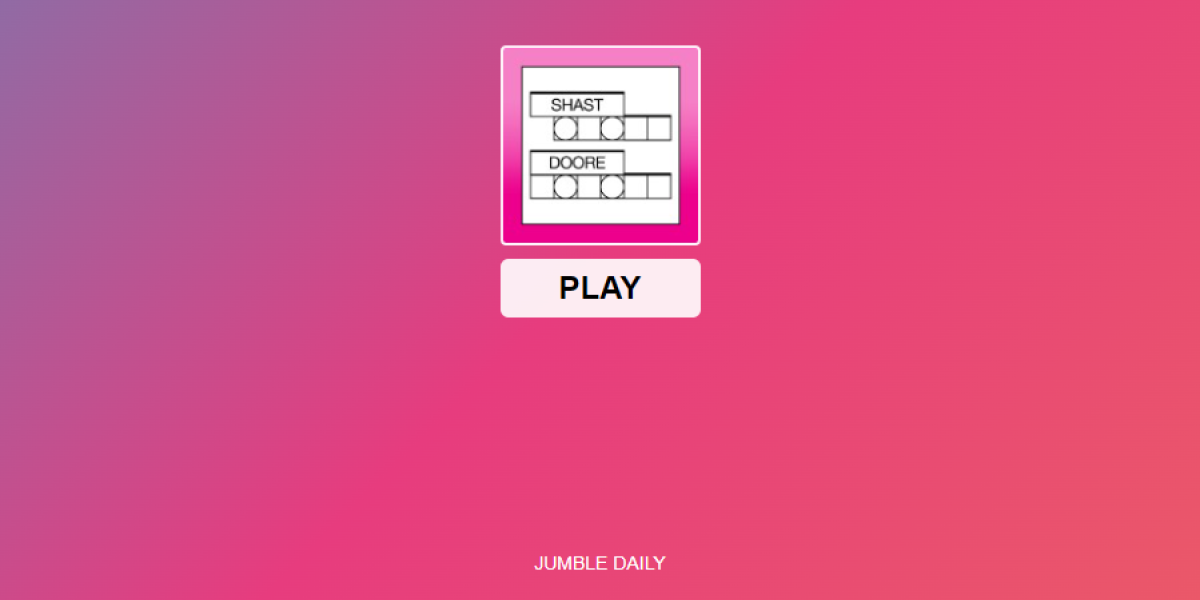The latest titles from famed developer Blizzard seem to be pushing in one clear direction: Shorter is better.
The obvious starting point in any discussion on this is Blizzard’s take on the MOBA genre, Heroes of the Storm. The game, which the developer would prefer be called a “team brawler,” has been stripped of gameplay elements common in the genre but deemed unnecessary by Blizzard.
The result is a game that centers around constant skirmishes between opposing teams with individual matches that skew much shorter than is the established genre norm. Where a back-and-forth game of League of Legends might run 45 or 50 minutes, a competitive battle in Heroes of the Storm could be over in just 20.
The result is a mixed bag. It’s easier to sit down and play a quick game of Heroes with the knowledge that the game will actually be quick. There’s no concern of a match running beyond an hour in length as might occur in Dota 2, and the constant action makes for fun and involving play. But there’s a certain nuance lost when so much is stripped away, and eventually games can feel like a repetitive grind of fight after fight. Encounters are rendered less meaningful when they are designed to occur so much more frequently.
This week, Blizzard went one step further when the team behind the latest StarCraft 2 expansion, Legacy of the Void, announced in their updates blog that time limits were being considered for future StarCraft matches.
The change would be especially pronounced in the game’s tournament mode. Not wanting to keep waiting players who manage swift victories, the development team is pondering imposing a 30-minute time limit on tournament matches. At the end of this time period, the player with the highest experience total would be declared the winner.
Experience is gained through accomplishing various feats within the game, but the change presents a potentially radical shift in play when matches move into the late-game phase. No longer would wiping out your opponent be required to win a game of StarCraft; the goal would be to accrue the most points, as if participating in a boxing match before a panel of judges.
Beyond automated tournament games, even the more common melee matches could be affected. A one and a half hour time limit is being considered for these, much longer than has been proposed for the fixed tournament format but still a marked change from the past. The idea here would be to prevent players from unnecessarily stalling games that have already been decided.
Even without these time limits put into place, Legacy of the Void is intended to produce quicker games by emphasizing aggression and smaller skirmishes than have at times been the norm in StarCraft 2. There exists a desire to do away with the so-called “death ball” tactic, in which players amass resources and supply in great number before moving out with a large block of powerful units.
It’s a style of play that leaves much to be desired in terms of excitement, leaving fans of the game clamoring for change. That change is now coming, and it may be more drastic than most expected.
But people shouldn’t be surprised by Blizzard’s decision to move into the realm of smaller chunks of play over long, drawn-out confrontations. One need only look to the company’s wildly successful MMORPG, World of Warcraft, to see where these seeds were planted.
Years ago, running through a five-person dungeon such as Blackrock Depths was all but guaranteed to be an hours-long affair. An entire day could easily be committed to a group slowly working their way through the circuitous instance, often being left unsure of what to do or where to do it.
Over time, Blizzard has moved far away from that type of experience. Equivalent dungeons can now be cleared in half an hour or less, even when the difficulty is cranked up. This offers a more manageable and at times less frustrating experience for players, though there is a certain magic lost when an epic group encounter with a game’s enemies lasts about as long as your average television sitcom.
This informs the line that Blizzard is now toeing. It has become clear that it wants to push shorter, potentially more exciting matches into its games. But in doing so, it risks losing much of the depth and gravitas that draws players and fans to the games to begin with. It’s a risky gambit, but if anyone has the resources required to take such a risk in confidence, it’s Blizzard.






Published: May 15, 2015 09:32 am